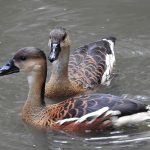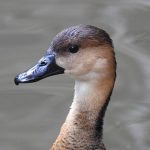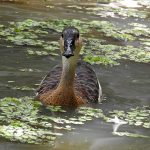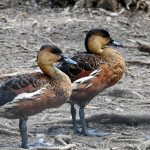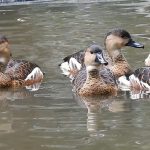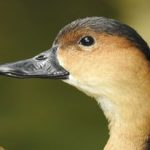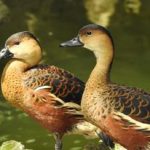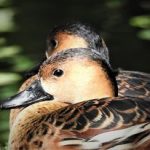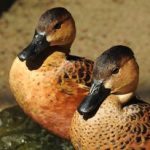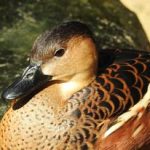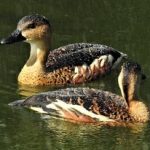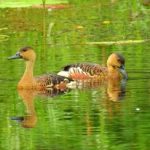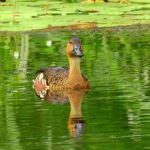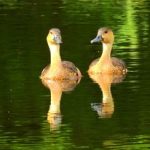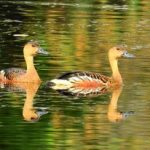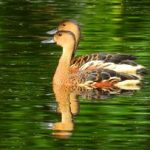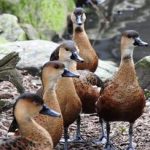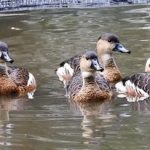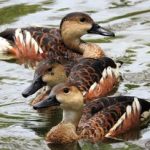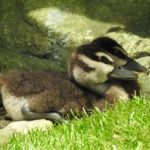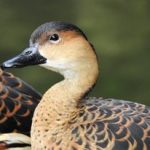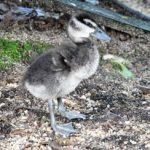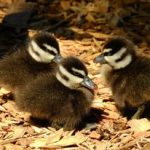WANDERING WHISTLING DUCK
The Wandering Whistling Duck is a species of waterfowl that belongs to the family Anatidae. They are medium-sized ducks known for their distinctive whistling calls and unique behaviors.
Wandering Whistling Ducks are native to parts of Australia, New Guinea, and nearby islands. They inhabit a variety of wetland habitats, including freshwater lakes, swamps, marshes, and estuaries.
These ducks have a distinctive appearance with a mottled brown plumage, a black crown and nape with a chestnut face with paler neck upperparts. They have long necks, sturdy legs, and a slightly curved bill.
Wandering Whistling Ducks are known for their characteristic whistling calls, which are often heard during flight or while feeding. They are usually seen in flocks, and their flocks can be quite large. These ducks are highly social and often form mixed-species groups with other waterfowl.
Their diet primarily consists of aquatic vegetation, seeds, and insects. They feed by dabbling in shallow water, tipping their bodies forward to reach underwater vegetation.
Wandering Whistling Ducks usually nest in tree hollows, and they are known to perch on branches and in the forks of trees. They may also nest in tall grasses or reeds. The female typically lays a clutch of eggs, and both parents participate in incubating the eggs and caring for the young.
These ducks are interesting and charismatic species that contribute to the biodiversity of wetland ecosystems. Habitat loss and degradation, as well as hunting and other human disturbances, can impact their populations locally. As with any species, it’s important to continue monitoring their populations and habitats to ensure their conservation and well-being.

